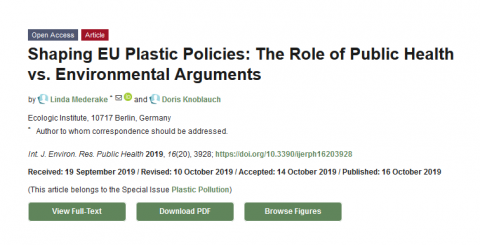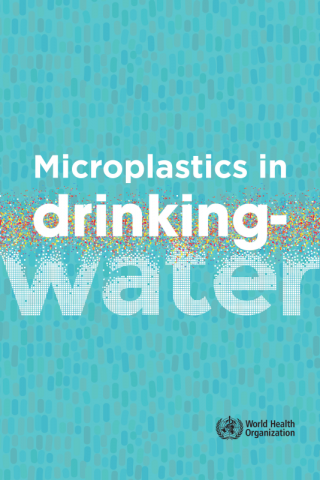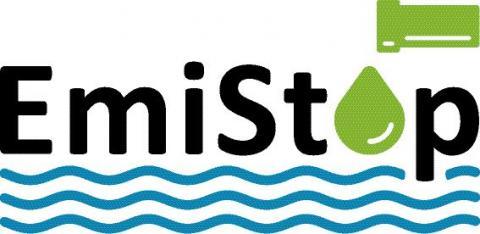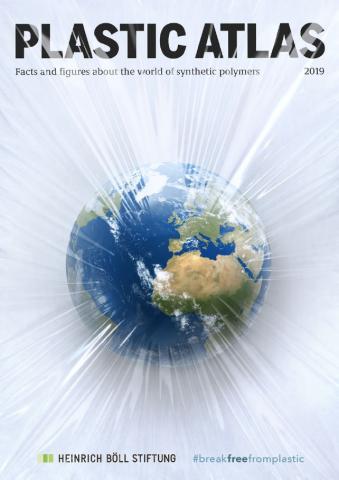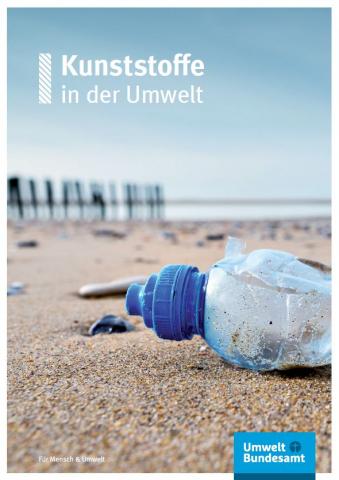Microplastics
Shaping EU Plastic Policies: The Role of Public Health vs. Environmental Arguments
This article by Ecologic Institute's Linda Mederake and Doris Knoblauch uses a structuring qualitative content analysis to investigate the parliamentary debates of two recently adopted plastic policies in the EU – namely the EU Plastics Strategy and the Single-Use Plastics Directive – and assess the relevance of public health and environmental arguments for the EU debate.
Microplastics in drinking-water
The World Health Organization (WHO) has published a report that examines the state of research on microplastics in drinking water (bottled and from the tap). According to current data, there are no impacts on human health, but further research is necessary.
Portuguese web platform reports on the joint project EmiStop
Plastics have become an integral part of our everyday lives, and cause many environmental impacts. The pollution microplastics is increasingly in focus. First, these tiny particles were discovered in the oceans, then were found in lakes and rivers and eventually the soil.
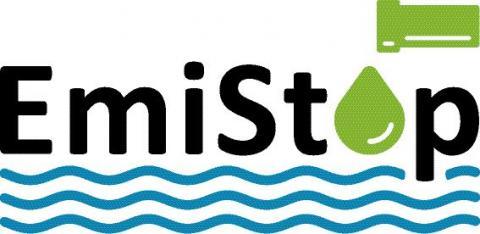
EmiStop Research Paper: Flocculants for Removal of Microplastics from Industrial Wastewater
As part of the research project EmiStop, flocculants for the removal of microplastics from industrial wastewater have been developed. The flocculation of polyethylene, polyvinyl chloride, and polyamide was investigated for nine different combinations of inorganic and organic coagulants and flocculants both in tap water and in industrial wastewater matrices.
Plastic Atlas 2019: Facts and figures about the world of synthetic polmers
Plastics have become an indispensable part of our everyday lives. Plastic products make a lot of things easier, but they also endanger our health and flood our planet with garbage. The Plastic Atlas offers data and facts about a world full of plastics. In 19 chapters, it sheds light on very different aspects of plastics, each of which is illustrated with infographics.
Kunststoffe in der Umwelt
To what extent can plastics be found in water, soil, air, in the oceans and on the coasts in Germany? How and why do they get there at all? Where is further research needed - and what measures can be taken to reduce the amount of plastics in Germany? On the occasion of the World Oceans Day on 8 June 2019, the German Environment Agency published a current overview.

